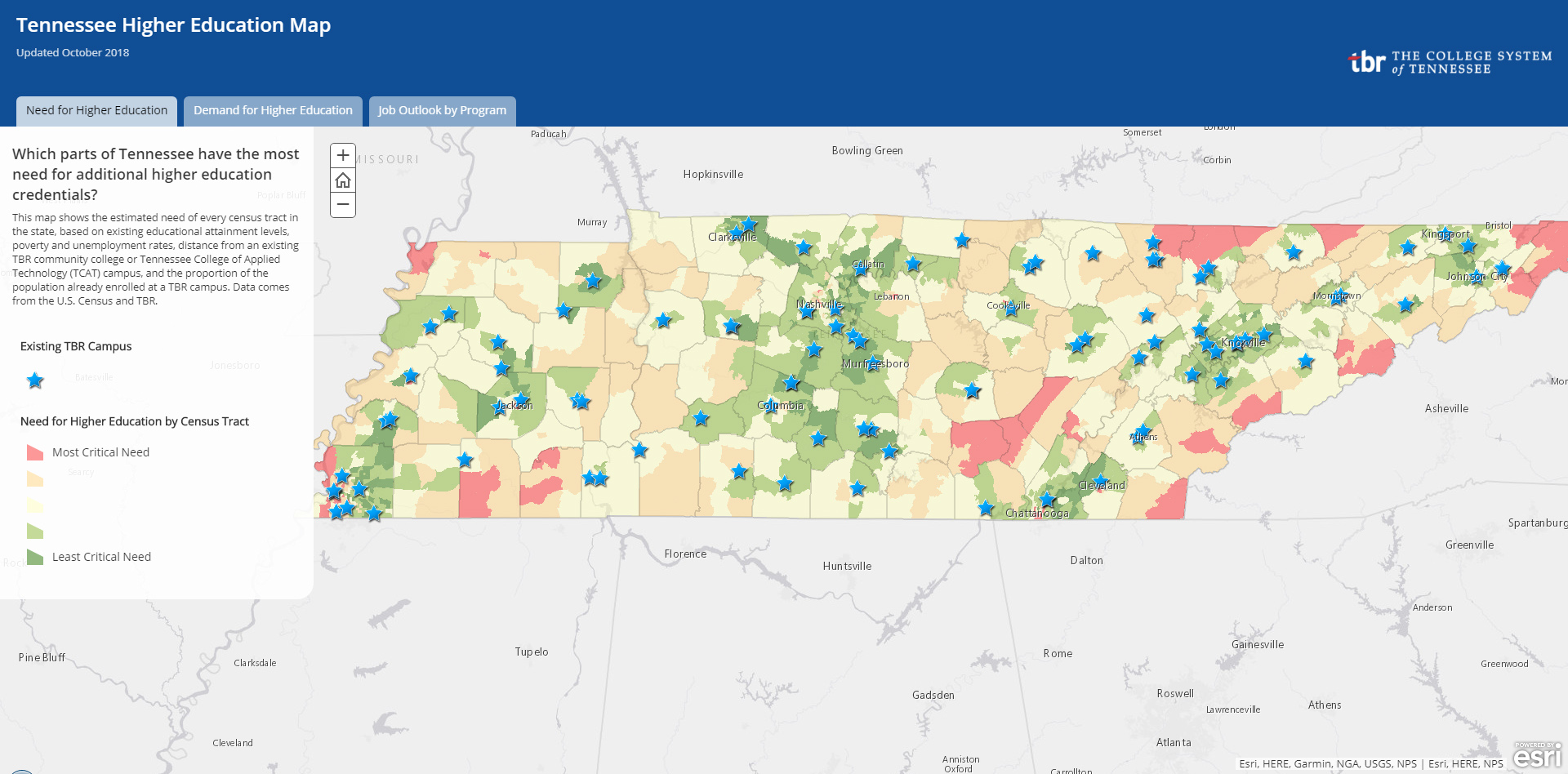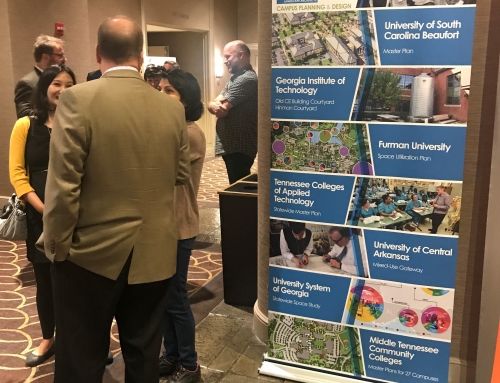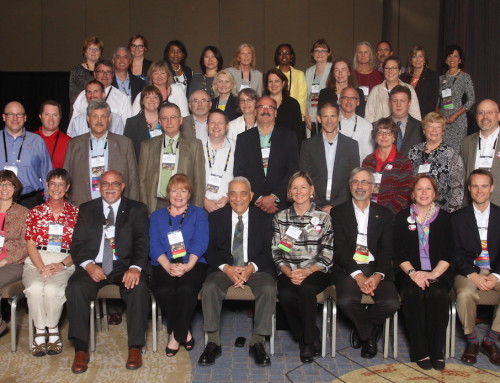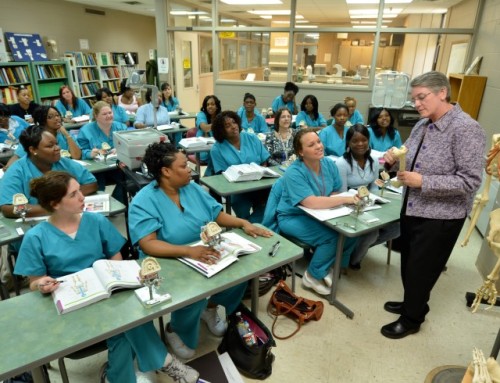Tennessee Board of Regents Work Update

Tennessee Board of Regents Work Update – TSW has a long history of higher education planning in Tennessee and most recently worked with the Tennessee Board of Regents to develop an innovative new tool to help the state’s higher education system align course offerings and facility plans with real-world education and employment needs. The interactive tool compares labor market and demographic trends with existing educational offerings and campus locations. The data is presented in color-coded, layered maps for easy analysis.
www.tbr.edu/policy-strategy/tn-education-and-workforce-maps
“As far as I know, no other state has examined on a state-wide level the educational and employment need and demand dynamics, and then overlaid those findings with what is currently being offered by higher education,” said Dr. Russ Deaton, executive vice chancellor for Policy and Strategy for the Tennessee Board of Regents (TBR). “The maps have already proven valuable to TBR by refining our perceptions of how TBR can best serve our state. Some of the findings confirmed what we already knew, but some illuminated dynamics we were unaware of. The data is presented in an easy-to-read format and has already been extremely helpful in pointing campus leaders in the right direction as they consider course offerings and facility expansions.”
“The maps cover every census tract and institution of higher learning in Tennessee, and were created to serve as a planning tool to allow institutional leadership, planners, decision makers and elected officials to compare need and demand in different areas of the state at a glance, as well as make more informed and fine-grained decisions about investment in new or expanded campuses and facilities,” said Woody Giles, planner and senior associate at TSW. “A second series of interactive maps shows labor market projections in key fields for each region of the state, as well as the locations of all campuses (public and private) that offer degree programs related to jobs in that field. We designed these maps to assist statewide and institution-level academic planning by tying graduates to jobs. The maps show the health of key employment sectors, and also indicate potential competition between nearby institutions with similar degree programs.”
Interestingly, educational demand and need often do not overlap. Areas with the most critical need are frequently rural communities with lower population and projected growth. Critical need is also evident in some urban census tracts. Areas with the highest demand are often urban and suburban communities with high levels of educational attainment and low levels of poverty and unemployment.
“With these maps, we can pinpoint regionalized workforce needs and be sure our higher educational system is connected to the programs and places where job growth is expected,” said Deaton. “We can identify where additional job training is needed and where our institutions need to make investments. We are in the process now of training our campus leadership to maximize future investments by using this data to determine the educational programs that best align with current and future employment needs. This sharper focus will benefit TBR, the students, employers and our state as a whole.”
About the Tennessee Board of Regents (TBR)
The Tennessee Board of Regents governs The College System of Tennessee – the state’s 13 community colleges and 27 colleges of applied technology. It is the largest higher education system in Tennessee, serving more than 137,000 students in degree or credential programs last year. The Board of Regents has 19 members and a system office staff that provides essential centralized services and uniform procedures designed to increase the individual effectiveness and improve operations of each of the colleges in the system. www.tbr.edu
Tennessee Board of Regents Work Update




